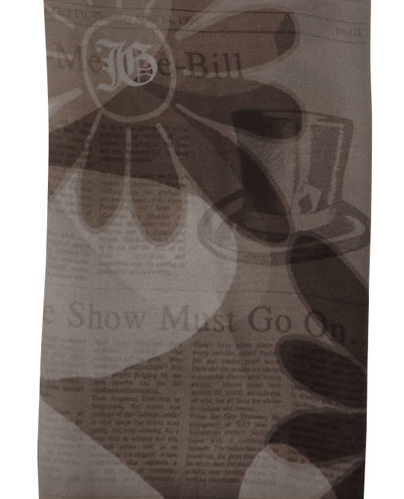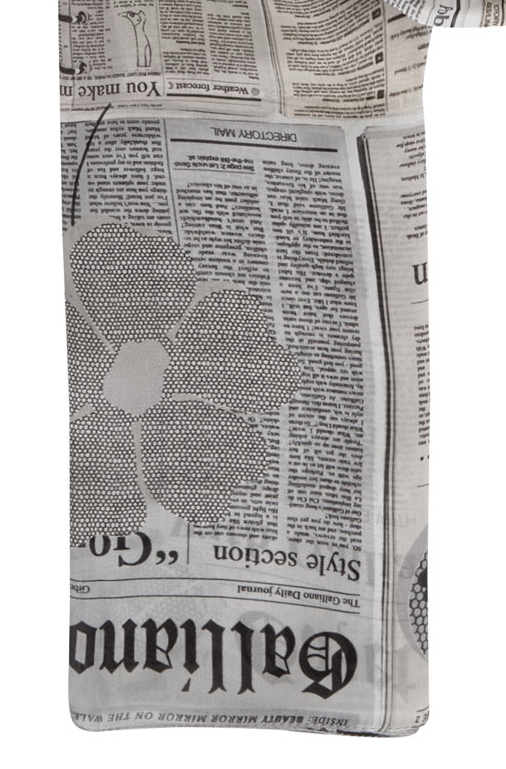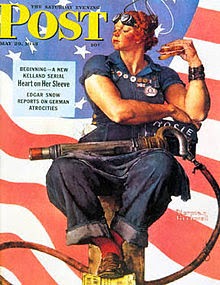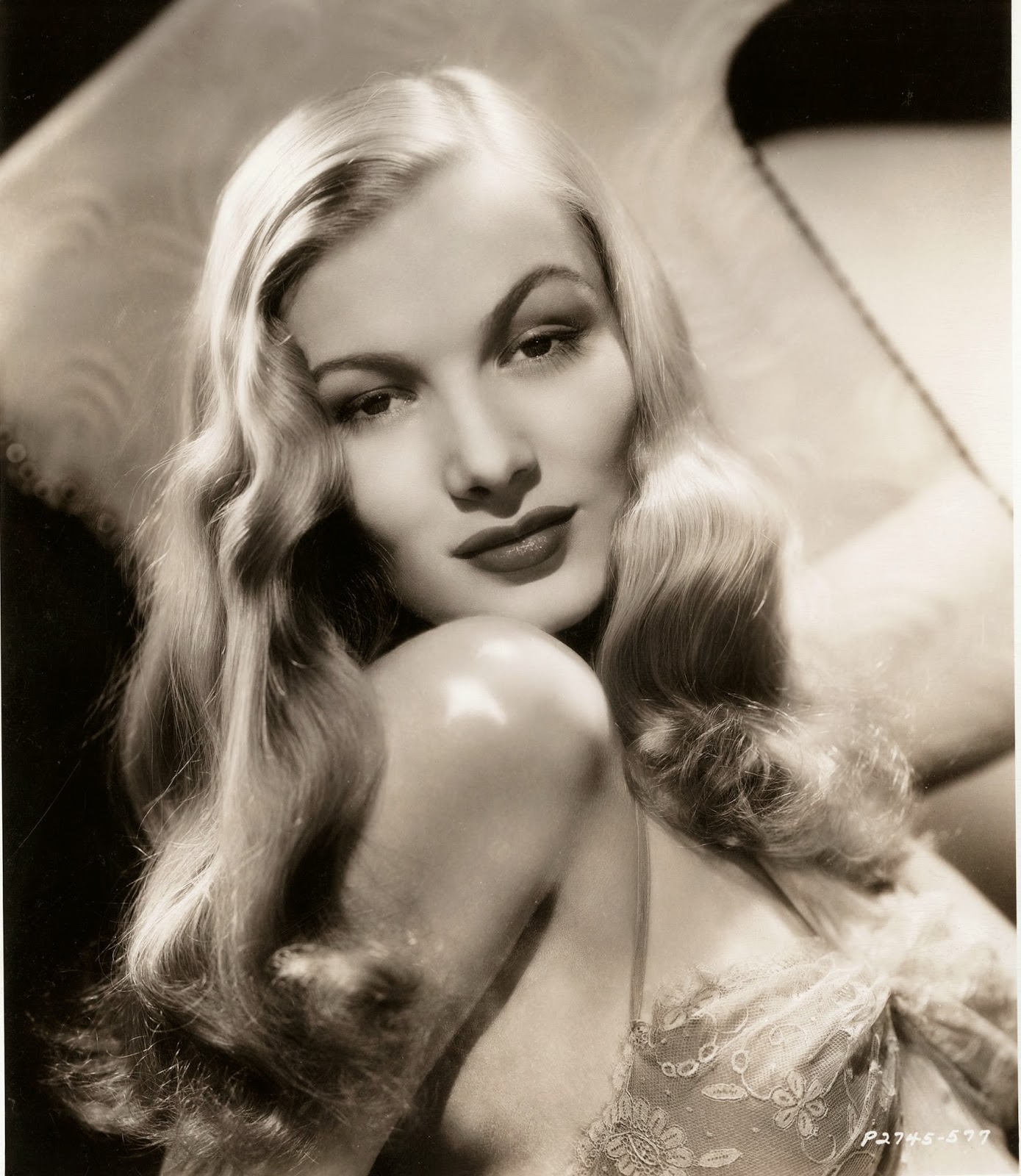
From studying feminism, I was thinking about what type of traditional female textiles there is. Knitting is a very feminine skill, which has been around since the 11th century. In most cultures, it was the woman's job to knit garments and blankets.
During the Industrial Revolution however, knitting devices were created and put in factories, where they would then hire women to work the machinery than to knit items at home. The city of Nottingham was known for creating machine-made lace in the revolution and the following decades. Leicestershire was known for having portable machines that can be hired for people the machine knit at home.
The mid nineteenth century saw the beginnings of knitting as a hobby. They began to make printed patterns aimed mostly at middle class women. Yarns started being produced specifically for the domestic market. So instead of knitting being part of an industry or commercial necessity, it became pleasurable and a useful pastime.
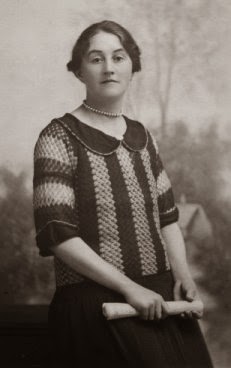
In the 1920s, knitwear became highly fashionable in the western world. Particularly sweaters/pullovers became a great part in the new fashions of the age for men, women and children, instead of the more practical garments associated with workers such as fishermen. Knitted neckties also became fashionable in the late teens and early 1920s. Soon later, knitwear was associated with sport and leisure such as tennis and cricket.
High fashion such as Coco Chanel and Vogue magazine were also interested in the knitwear craze.
The growth of interest in home/hobby knitting grew during the First World War. The Allied home front was encouraged to support the troops by knitting, as the conditions of trench warfare lead to a shortage of socks. Because home knitting soon became popular, especially for fashion, there was a high demand for companies to produce patterns, yarn and tools.
During World War II, the British wartime government department produced a booklet called 'Make Do and Mend' (published in 1943). This is because wool became very short in supply, and the booklet encouraged women to unpick old unwearable woollen items so they could reuse the wool. This is a big difference to the first war when it was extremely fashionable and affordable to make and own knitted garments, and then in the second war having to use old wool.
Knitting patterns were given out so that people could make clothing for the Army to wear in the winter, such as balaclavas and gloves. This effort gave a positive sense of contribution to the home front. This tells us that women played an important role in the war knitting, alongside their other jobs of working in the factories and farming.

1950s and 1960s, knitting again had a huge boost. This is because newer colours and yarns were introduced, with thousands of patterns for fashionable designs in bright colours. An knitted garment combo called the twinset became very popular for the home knitter: It was a short-sleeved top with a long-sleeved cardigan in the same colour to be worn together.
Girls were taught to knit in school as a useful hobby. This suggests some stereotypes of girls being better at textiles, and also suggesting the idea of knitting being a feminine skill.
1980s, knitting became unpopular as it was seen as old fashion and soon died out.
21st century, there has now been a revival of knitting. The growth of knitting started to grow alongside the growth of the internet and internet-based technologies, as well as the "Handmade Revolution".
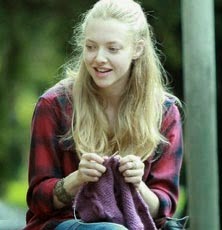 |
| Amanda Seyfried |
Yarns have been developed better, as we are now using natural fibres from animals such as alpacas and exotic fibres such as silk. Designers have now begun to make patterns that work up quickly on large needles, known as instant-gratification knitting.
There has also been many female celebrities seen knitting which is believed to of helped popularise the skill. Some men have also been knitting, suggesting that the feminine stereotypes have died down a little.
Thanks to the internet growing, it allows knitters to connect, share interests and learn from each other from all over the world.
Patterns from both books and online sources have influenced groups that are centred on knitting a specific pattern. Because of knitting blogs, traditional designs and techniques that have been kept secret by a small number of hand knitters now have a much larger audience.

Yarn Bombing, a type of contemporary graffiti art has spread worldwide, decorating statues and fences.
14th January, 2006, knit-blogger Stephanie Pearl-McPhee challenged knitters worldwide to participate in the 2006 Knitting Olympics. Their task was to do a challenging project starting at the opening ceremonies of the 2006 Wither Olympics, and have the project done by the time the Olympic flame was extinguished 16 days later. Around 4,00 people took part in this event.
From researching on the history of knitting and how it has developed so much in the 20th and 21st century, I am able to see how knitting became popular during the war for the women at home to how knitting was died out as it was seen as an old fashioned skill, to becoming a worldwide community with both genders taking part. From my experience however, I still believe that knitting is seen as a feminine skill (as well as other textile craft) even though there are men who knit.

Freddie Robins, who I have previously looked at, uses knitting in an unusual way by creating misshapen garments and sculptures to represent an issue or idea. Robins is very passionate when it comes to feminism, and it tends to reflect in many pieces of her work.
Robins and Alice Angus (textile artist) were asked to create a response to 1950s photographs by John French (1907-1966). Robins response to this was creating a woollen ghost figure hidden in a cupboard, as she wanted to reflect how women were still rationing materials:
 |
'He's Behind You',
2011,
machine knitted yarn,
metal coat hanger, found wardrobe |
 “The stereotypical image of the fifties is of a modern, clean world where glamorous women flit around homes filled with contemporary, colourful design by the likes of Lucienne Day. The truth for most women was quite different. The shadow of the war still loomed, rationing for textiles and clothing hadn’t ended until 1949”
“The stereotypical image of the fifties is of a modern, clean world where glamorous women flit around homes filled with contemporary, colourful design by the likes of Lucienne Day. The truth for most women was quite different. The shadow of the war still loomed, rationing for textiles and clothing hadn’t ended until 1949”

